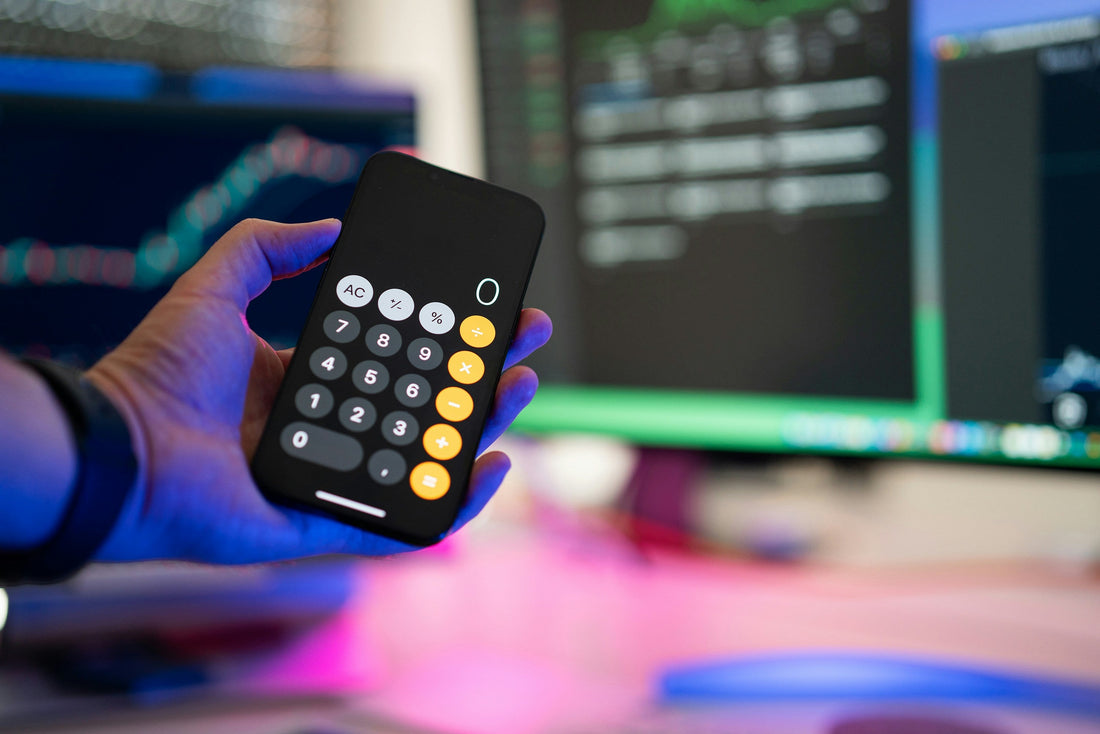
The Death of Fiat: Gold, Bitcoin, and the Rise of Gemstones
Share
In the quiet churn of financial markets, a tectonic shift is underway. Fiat currency—the backbone of global trade since the mid-20th century—is beginning to resemble a relic rather than a foundation. The signal comes not from politicians or central bankers, but from markets themselves. Gold is climbing, Bitcoin is consolidating, and investors are re-evaluating what money truly is.
For over a century, the fiat system has been sustained by trust in governments and their ability to manage debt. Yet trust, once squandered, rarely returns. Today global debt stands at over $325 trillion, according to the Institute of International Finance, while global GDP hovers near $105 trillion. In other words: debt has outgrown the economy it is supposed to serve.
This is not a cyclical imbalance. It is structural. Every dollar, euro, or yen is born as debt, issued not by sovereign treasuries but by banks. As Investopedia reminds us, commercial banks do not “print money” in any neutral sense—they expand balance sheets through lending. Every unit of fiat therefore represents not wealth, but an obligation. And obligations compound.
From Debt to Hard Assets
If fiat is in terminal decline, where does capital go? Historically, there have been only two escape valves: gold and hard assets. Gold has served as money for over 5,000 years, immune to political manipulation. Bitcoin, the so-called “digital gold,” has emerged as a decentralized alternative that encodes scarcity into mathematics. Together, these two assets have begun absorbing global liquidity as confidence in fiat wanes.
But the story does not end with gold and Bitcoin. As confidence in paper collapses, investors turn to tangible, finite assets that exist outside the logic of debt. This is where gemstones—tourmalines, sapphires, rubies—enter the conversation.
Why Gemstones Matter in the Endgame
Unlike fiat, gemstones cannot be conjured from thin air. Unlike Bitcoin, they require no digital infrastructure. Unlike gold, they are not already fully financialized. They exist in that liminal zone where culture, luxury, and value converge.
At Lisbon Gem Exchange, we argue that Afghan tourmalines are poised to become one of the 21st century’s most resilient stores of value. The logic is simple: scarcity, provenance, and narrative.
-
Scarcity: Fine Afghan tourmalines are finite. The mines of Nuristan and Kunar are not bottomless, and geopolitical instability further constrains supply.
-
Provenance: In a world obsessed with ethical sourcing and traceability, Lisbon Gem Exchange operates directly at the mine-to-market level, ensuring stones are not just beautiful but responsibly traded.
-
Narrative: Culture assigns value. As Christie’s and Sotheby’s auctions demonstrate, gemstones are not commodities alone—they are artifacts of human aspiration, symbols of wealth, and anchors of legacy.
The Macro Backdrop: $600 Trillion in Play
Consider the arithmetic. Current estimates put global financial assets—stocks, bonds, real estate, and cash—at over $600 trillion. If fiat collapses, that value will not disappear. It will migrate. Gold and Bitcoin will absorb much, but not all, of it. Luxury hard assets—from art to rare gemstones—will attract a share of capital seeking safety, tangibility, and prestige.
This is not speculative hype. We already see the early signs. In 2023, Sotheby’s achieved $95.4 million for “The Eternal Pink” diamond. In 2024, Christie’s sold the Bleu Royal, a 17.61-carat fancy vivid blue diamond, for nearly $44 million. These record prices illustrate a simple truth: in moments of systemic doubt, wealth chooses beauty and scarcity over paper and promises.
Lisbon Gem Exchange: Positioning for the Transition
Our mission at Lisbon Gem Exchange is not to replicate Wall Street’s abstractions. It is to curate access to gemstones that embody resilience, ethics, and exclusivity. We are building direct partnerships with miners in Afghanistan and Pakistan, ensuring not just authenticity but responsibility in sourcing.
When fiat dissolves into its debt-laden contradictions, investors will ask: where does value live? At Lisbon Gem Exchange, our answer is clear: it lives in the stones forged by geological time, extracted with human courage, and carried into the world as artifacts of permanence.
The Convergence Ahead
By 2037, fiat as we know it may be gone. Gold will surge, Bitcoin will mature, and alongside them, gemstones will rise as a parallel store of wealth. The Lisbon Gem Exchange exists for that horizon. Not to speculate, but to prepare. Not to follow trends, but to anticipate them.
In a debt-saturated world, value will flow back to the finite. And the finite is where we operate.



